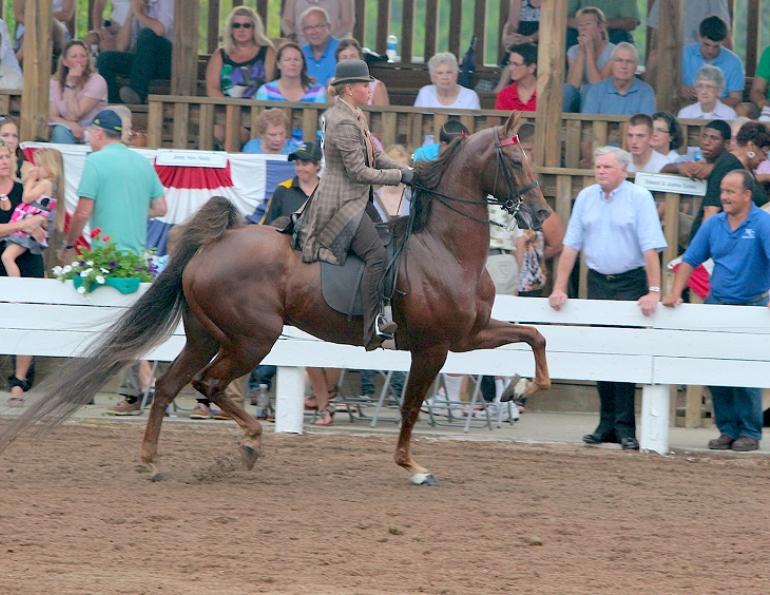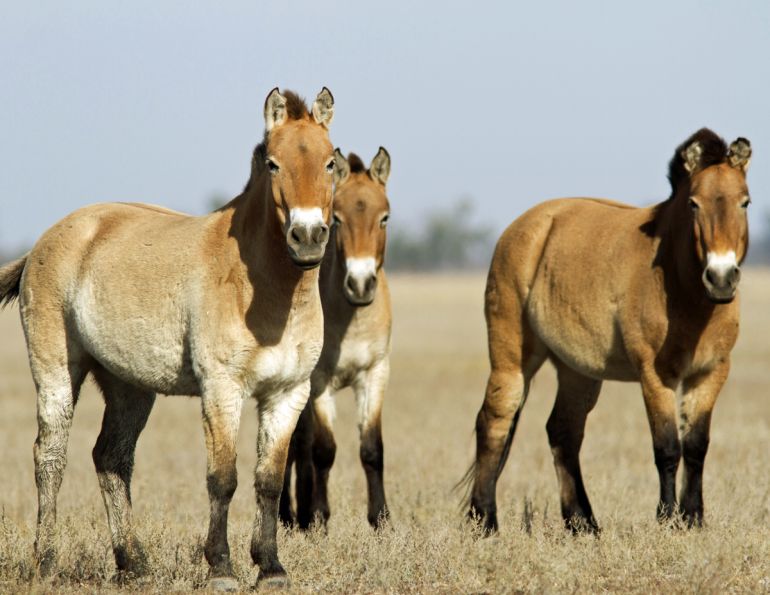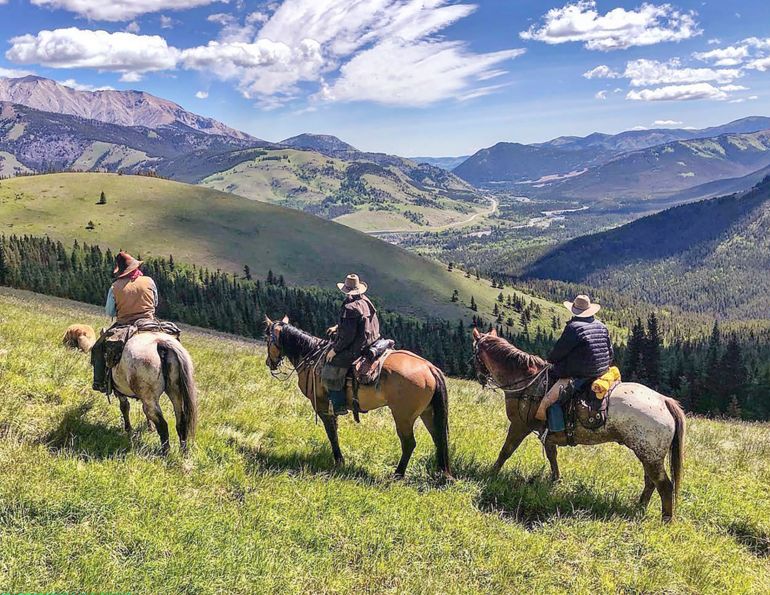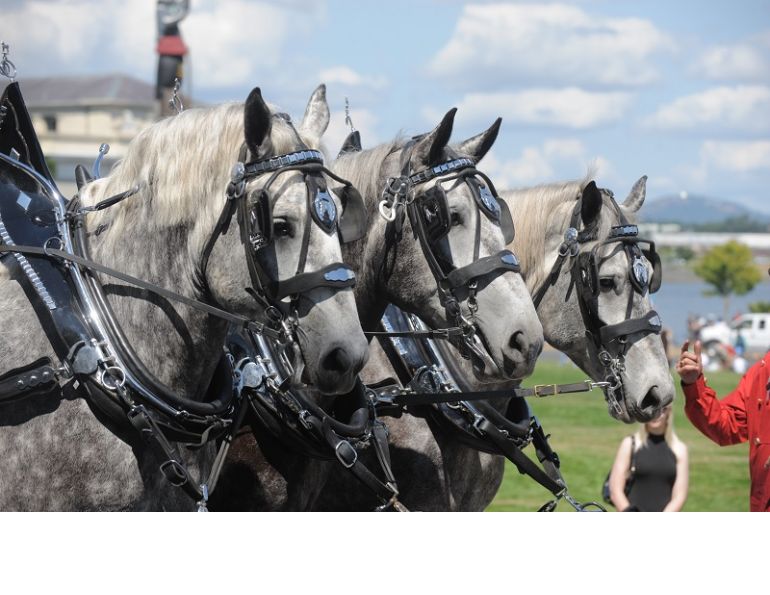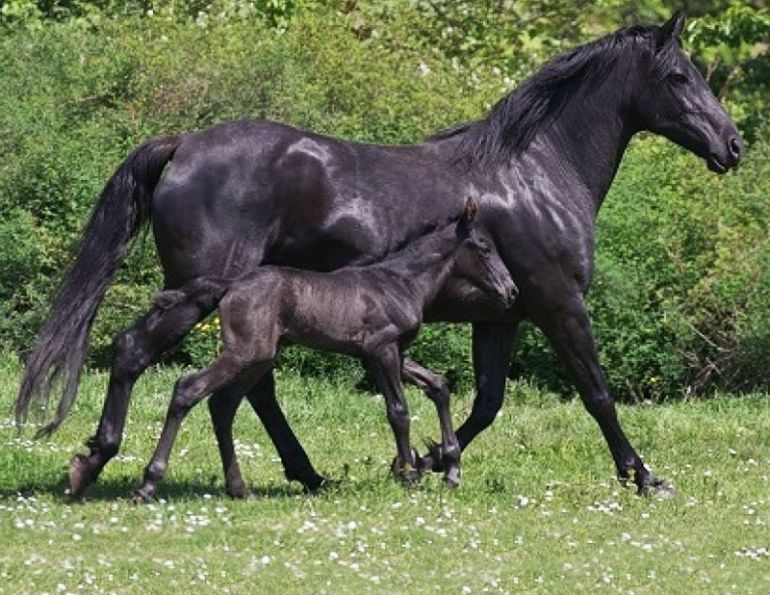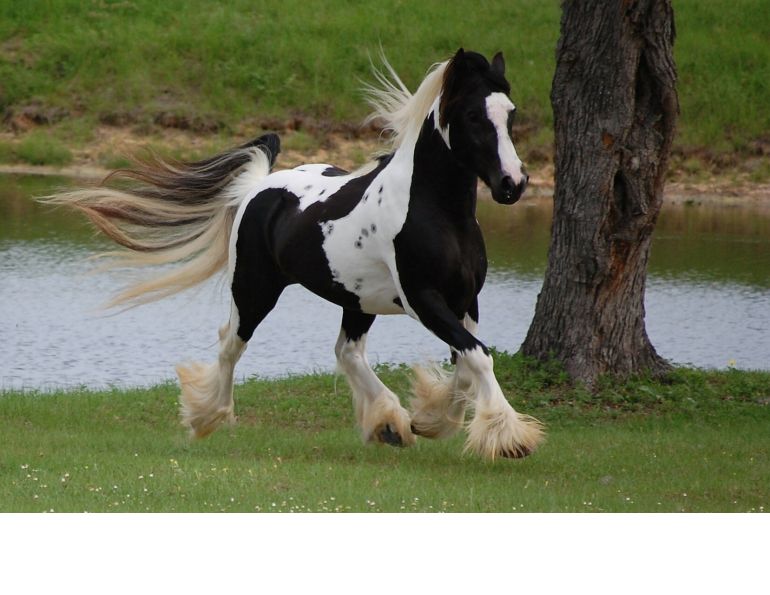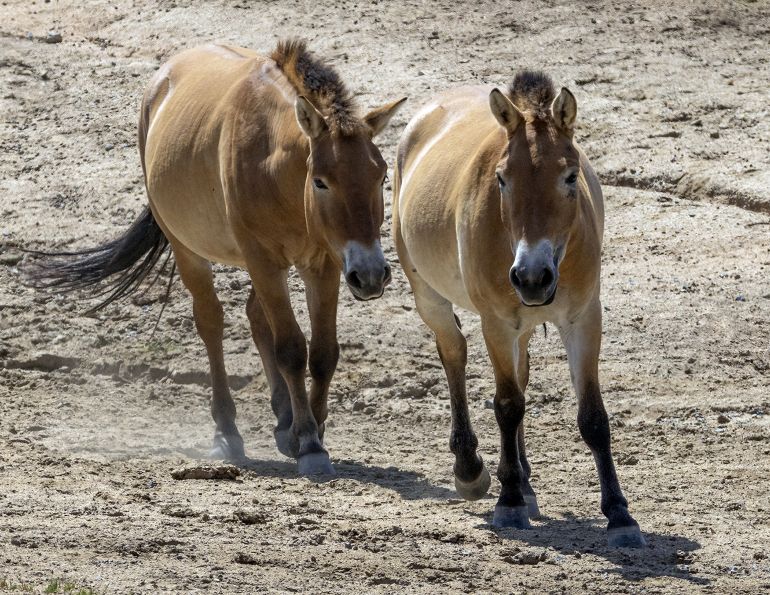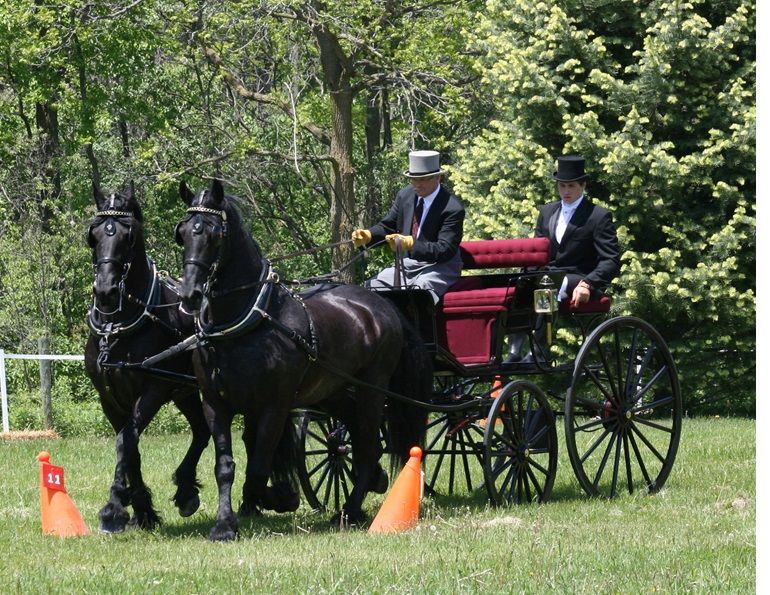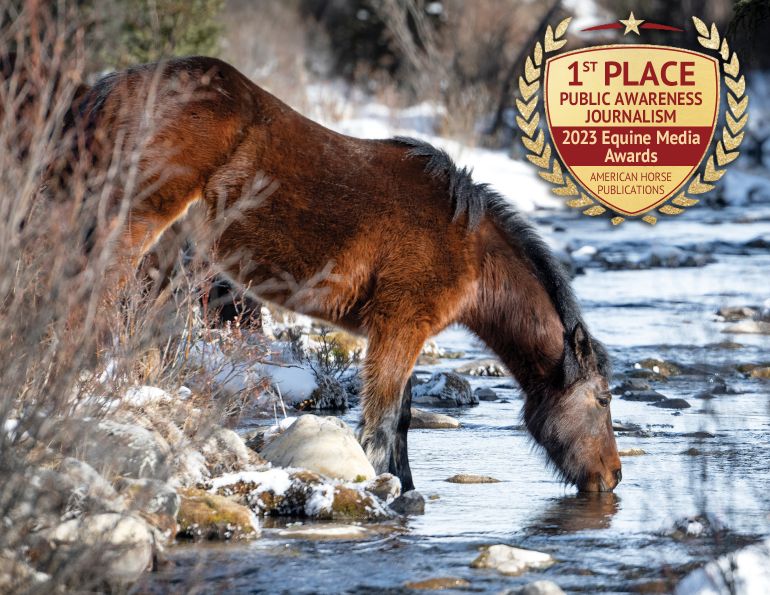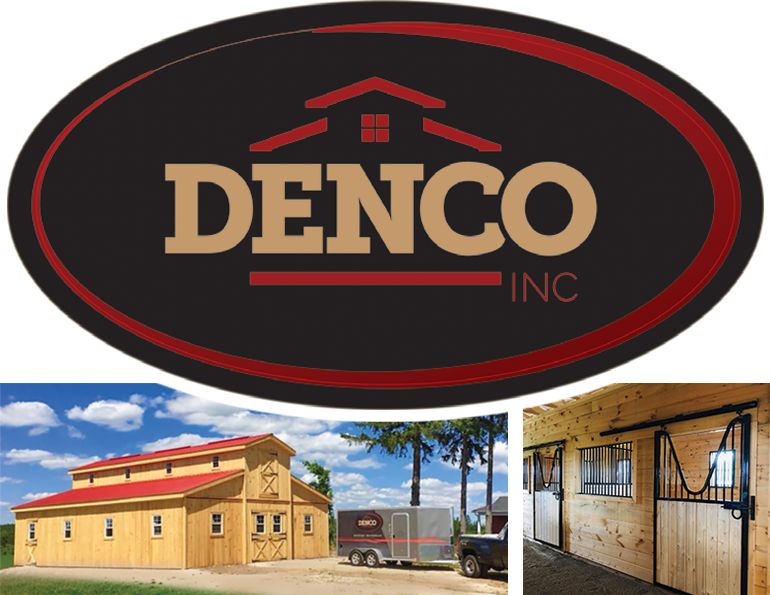This article was originally published in July 2010. Some information may be outdated.
By Melanie Huggett
The rugged hills and valleys of Wales created a pony that is sound, dependable, and beautiful. Descending from prehistoric Celtic ponies, the native Welsh Mountain Pony has existed in a recognizable form since around 1600 BC.
These early ponies adapted to the unforgiving terrain, sparse feed, and inclement weather, creating a hardy, agile, and intelligent animal.
When Julius Caesar arrived in Britain in 55 and 54 BC he wrote about the speed and docility of the Welsh ponies. It is believed that he founded a stud on the shores of Lake Bala and took some of them back to Rome to pull chariots. During the Roman occupation of Britain, it is thought that Arabians brought by the Romans bred with the native ponies; further infusion of Arabian blood may have also occurred later, when returning Crusaders set loose their horses with the native Welsh ponies.
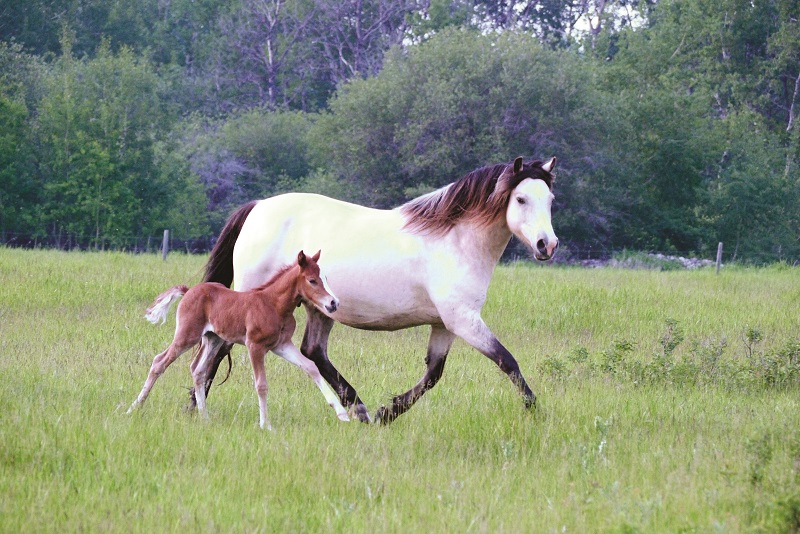
The harsh conditions of Wales created a pony that is intelligent, surefooted, and hardy. This mare and foal are owned by Louise Saunders of Halcyonia Welsh Ponies and Cobs in Saskatchewan. Photo Courtesy of Louise Saunders
Though the ponies’ general characteristics have not changed, this blood gave them some refinement. “They (Welsh) are known for having a beautiful head with big, bold eyes and well set ears,” said Tracy Dopko of Darwell, Alberta, a Welsh breeder and Equine Canada Senior Welsh Pony judge and United States Equestrian Federation Welsh Pony judge.
Related to the Welsh Mountain Pony, the Welsh Cob was created during the middle ages by crossing Welsh Mountain Pony mares with Spanish and Barb stallions. The resulting “Powys Horse,” larger and stronger than the Welsh Mountain Pony, was a highly prized cavalry horse, riding horse, and working horse.
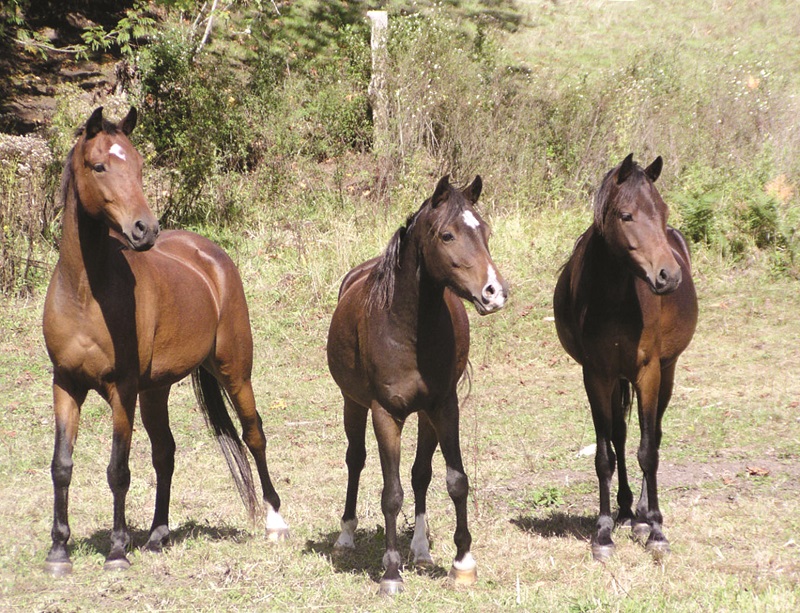
The Welsh’s fine head and large eyes are thought to be due to an infusion of Arabian blood during the Roman occupation of Britain and in the Middle Ages. These three geldings by Merryment Matador are owned by West Abbey Welsh of Salt Spring Island, BC. Photo courtesy of Jessie James
Welsh Cob “rounceys” carried British Knights into battle ahead of the “destriers” or big war horses, while others worked the land and hauled timber. From these jobs, Welsh Cobs became well known in medieval times for having endurance and speed, matching the larger destriers in stride, as well as being good jumpers and swimmers, and able to carry heavy loads.
Related: The Fell Pony: A Heritage Classic
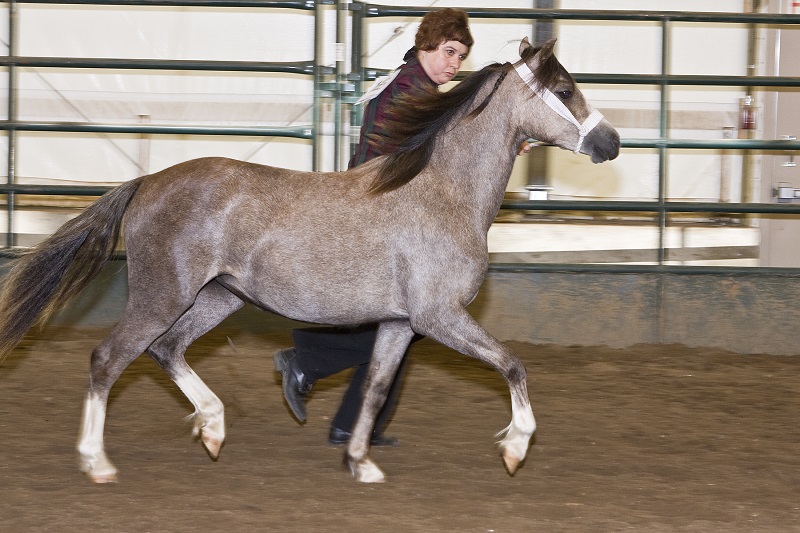
Even at a young age, Coyote Run Esper, a yearling Welsh Mountain Pony filly owned by Coyote Run Welsh of Ponoka, Alberta, shows the substance, refinement, and good nature the Welsh breed is known for. Photo: Rick Kroll Photography
In the 16th century King Henry VIII decreed that all stallions under 15 hands and all mares under 13 hands should be destroyed. This could have spelled the end of the native Welsh Mountain Ponies, but isolated herds living in their inhospitable homeland were able to escape the deadly mandate.
In the following centuries, Welsh Ponies and Cobs continued to be prized as riding horses, carriage horses, work horses, and war horses. When coal became an important commodity in the UK, Welsh Mountain Ponies traveled to the mines along with the men and were used both below ground as pit ponies and above ground pulling loads. In harness they pulled families, tradesmen, and businessmen, excelling in a cart due to their endurance at the trot. Welsh helped postmen deliver the mail, carried gentlemen and ladies in hunts, and were the mounts of many children.
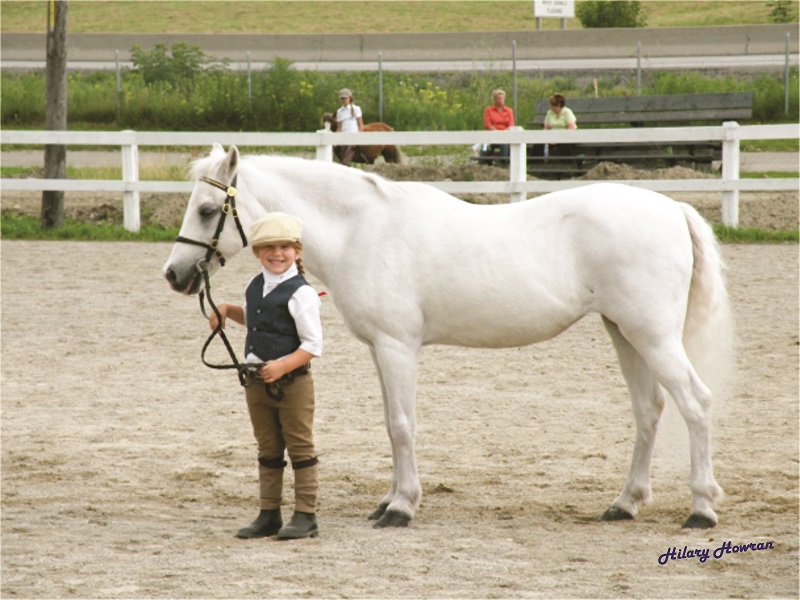
Welsh make wonderful children’s mounts due to their gentle nature. Photo: Hilary Howran
Welsh Cobs played an important role in both World Wars I and II, pulling guns and other supplies to and from the war fronts. In fact, the British War Office considered Welsh Cobs so valuable they paid a premium for the best stallions until the mid 20th century.
The first registry for Welsh Ponies and Cobs was the Welsh Pony and Cob Society, created in 1901 in Britain. The first stud book, published in 1902, contained records of 38 stallions and 571 mares.
In Canada, Welsh were originally registered by the Canadian Pony Society. Organized in 1901 and incorporated in 1908, the Canadian Pony Society also registered many other pony breeds, such as the Shetland, Dartmoor, Highland, New Forest, and others, which it still does today.

Welsh have pulled carts for man for centuries, and still do so today for pleasure and competition. Photo: Hilary Howran
The first Welsh to be imported and registered were a chestnut mare named Belmont Daisy and a bay stallion named Belmont Star, both of which were born in 1907 and owned by Hanmer and Hodgson.
It wasn’t until 1979 that the large number of Canadian Welsh owners decided to separate and create their own organization, the Welsh Pony and Cob Society of Canada. As of 2008 there were 11,298 registered purebred Welsh with the Canadian Society, making the Welsh Pony and Cob the most popular pony breed in the country.
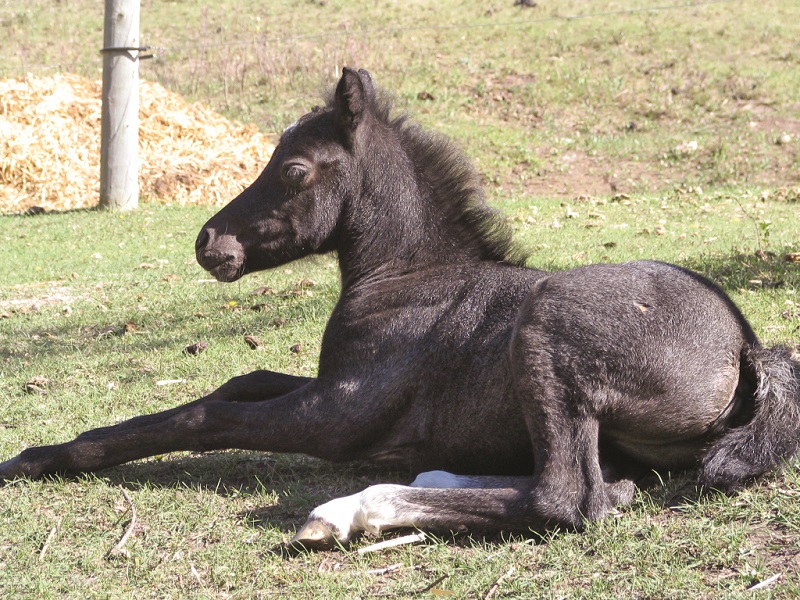
Welsh have been treasured for millennia. Today, they are the most popular pony breed in Canada. This Welsh Mountain Pony foal, Coyote Run Halle Berri, is owned by Coyote Run Welsh of Ponoka, Alberta. Photo: Courtesy of Brenda Harder
IF IT LOOKS LIKE A WELSH...
Contrary to pony stereotypes, Welsh are not fat, furry ponies. “They are well balanced, have ample bone, and are elegant where they need to be and also powerful and strong at the same time,” said Dopko.
Related: The Icelandic Horse - An Island Treasure
Welsh can be any colour except piebald and skewbald. In the Welsh Societies around the world, ponies are separated into four sections, though there are differences in height allowances in the first two sections: Section A, The Welsh Mountain Pony and Section B, The Welsh Pony.

Welsh can be any colour except piebald or skewbald. This Section A buckskin filly is owned by West Abbey Welsh. Photo: Courtesy of Jessie James
Section A: The Welsh Mountain Pony
Section A’s are the “original” Welsh, small, hardy, and agile. All the other sections derive from the Welsh Mountain Pony.
Section A ponies must not exceed 12.2 hands in height in Canada or 12.0 hands in Britain. They have small, clean heads with large, widely set eyes, and small ears. The neck should be lengthy, the shoulder sloping back, and the back strong.
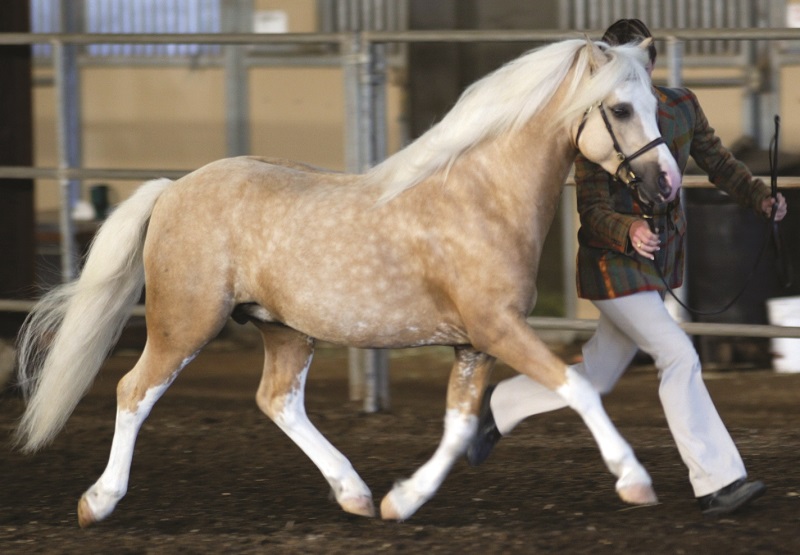
The Section A Welsh Mountain Pony is the original Welsh, from which all the other sections derived. Shown is Section A stallion Wharley Magic Flute, a US National Reserve Champion owned by EOS Welsh Mountain Ponies. Photo: Courtesy of Tracy Dopko
The legs should be straight, with short, flat cannon bones, prominent hocks, and dense hooves.
The movement of the Welsh Mountain Pony is free and straight, with well flexed hocks and powerful movement from the hind.
The grey 11.2 hand Dyoll Starlight born in 1894 is considered one of the foundation sires of the modern Welsh Mountain Pony.
Section B: The Welsh Pony
In the 19th century, Arabians and Thoroughbreds were crossed with Welsh Mountain Ponies to create a Welsh perfectly suited for riding.
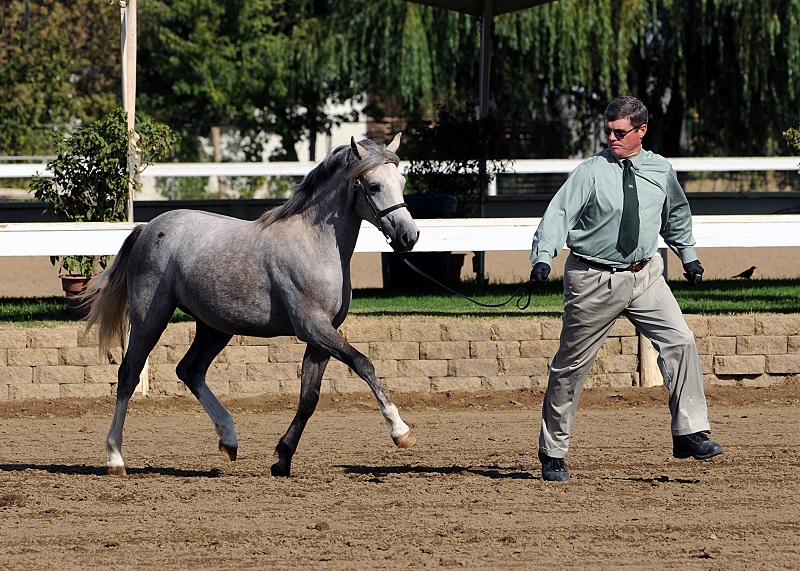
Welsh should move free and straight, with well flexed hocks. This Section B filly, Goldhills As You Like, is owned by Daventry Farms in Darwell, Alberta. Photo: Kathy Higgins Photography
An influential stallion of the modern Welsh Pony is Tan-Y-Bwlch Berwyn (1924-1953), who is sometimes called the “Father of Section B” as so many Section B ponies trace back to him. The general characteristics of the Welsh Pony are the same as the Welsh Mountain Pony, but with a great emphasis on riding horse qualities.
Section B’s must not exceed 14.0 hands in height in Canada, 13.2 hands in Britain, and 14.2 hands in the USA.
They can be the offspring of two Section B parents or one Section B parent and one Section A parent.
Section C: The Welsh Pony of Cob Type
The Welsh Pony of Cob Type is as the name suggests: a more solid version of the Welsh Mountain Pony with Cob blood.
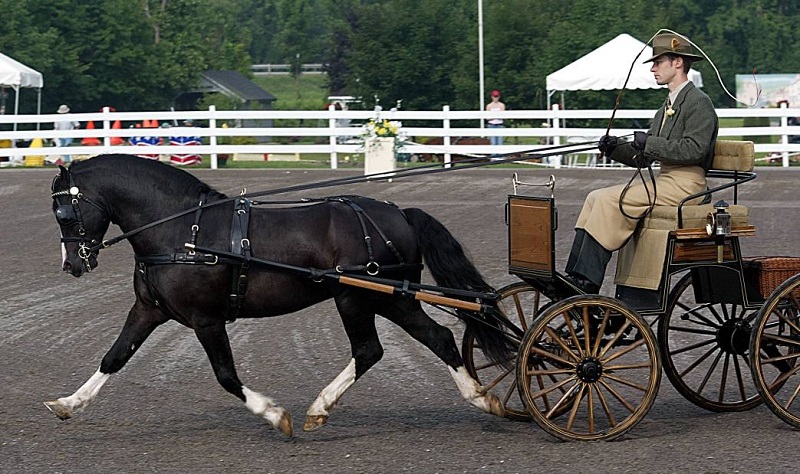
Section C Welsh Ponies of Cob Type are wonderful all-around ponies for riding or driving. Shown is Synod Lord Percival, a Section C multiple Canadian and US National Champion owned by Kim Sargent. Photo courtesy of Tracy Dopko
According to Norman Kalinski of Caroll, Manitoba, Secretary of the Keystone Welsh Pony and Cob Association and Welsh breed judge, “when the need arose for a larger animal to carry the Welshman through the rugged hills, the Welsh Pony of Cob type was created by crossing the Welsh Mountain Pony with the Welsh Cob.”
Thanks to their surefootedness and agility, the Section C is a truly dual-purpose animal.
Welsh Ponies of Cob Type must not exceed 13.2 hands in height. A moderate amount of silky feathering is desirable.
Section D: The Welsh Cob
The Welsh Cobs of the past were bred with trotting breeds such as the Hackney and Norfolk Roadster during the 1800s and early 1900s, creating the Welsh Cob we know today. Some influential stallions of modern Welsh Cobs include Trotting Comet, True Briton, Cymro Llyd, and Alonzo the Brave.
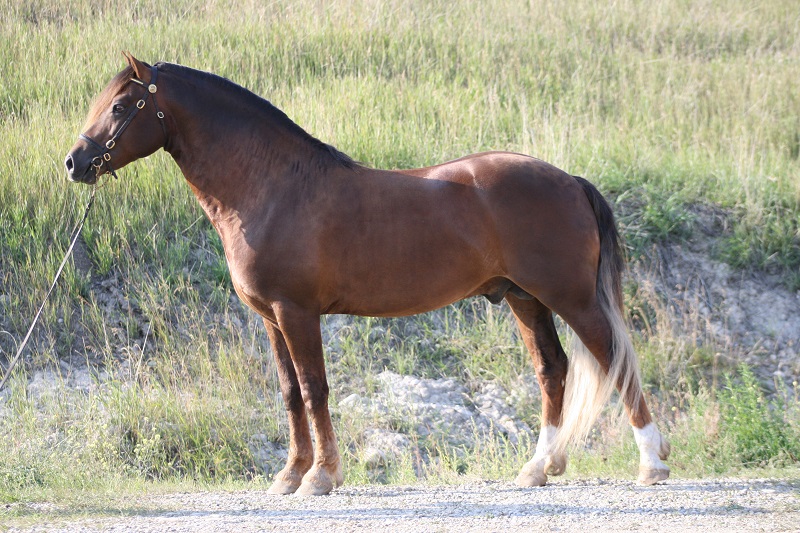
Section D Welsh Cobs are larger and more solid than their counterparts. Shown is Section D Welsh Cob stallion Goldhills Brandysnap, owned by Goldhills Welsh and leased by Daventry Farms. Photo: Sarah Pay Photography
Section D’s are larger and stronger than their counterparts, but with definite pony character, especially in the head, which must not be coarse. The shoulders should be strong and well laid back, with a well-carried, lengthy neck, muscular back and loins, a deep girth, and long, muscular hindquarters. The legs should have good, clean bone, the hind legs having strong gaskins and large hocks.
Related: Finding Paths to Success for Equestrian Youth
The action of the gaits is powerful and forceful, with good knee and hock action. Welsh Cobs were bred for endurance, strength, and courage, and are usually more spirited than Welsh Mountain Ponies. They can be any height over 13.2 hands.
No matter the section, Welsh should have the Welsh type and not look like any other breed. “You should be able to look at a well bred Welsh Pony or Cob and know instantly that it is Welsh,” said Dopko.
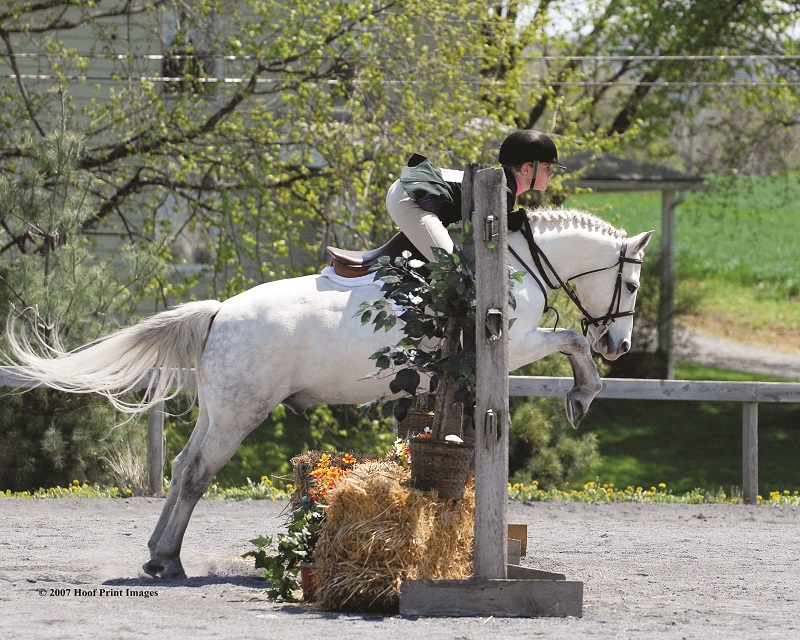
Welsh ponies are wonderful jumpers, with both purebreds and crosses commonly seen on the hunter circuit and in other jumping competitions. Photo courtesy of Tracy Dopko
Half Welsh can also be registered, providing one parent is registered in any section. The other parent can be of any breed. Welsh crosses are extremely popular, especially as sport ponies for competitive circuits.
In fact, the Welsh has played a role in the creation of many breeds throughout history, including the Morgan, Pony of the Americas, Hackney ponies, the Welara, and British and German Riding Ponies, among others.
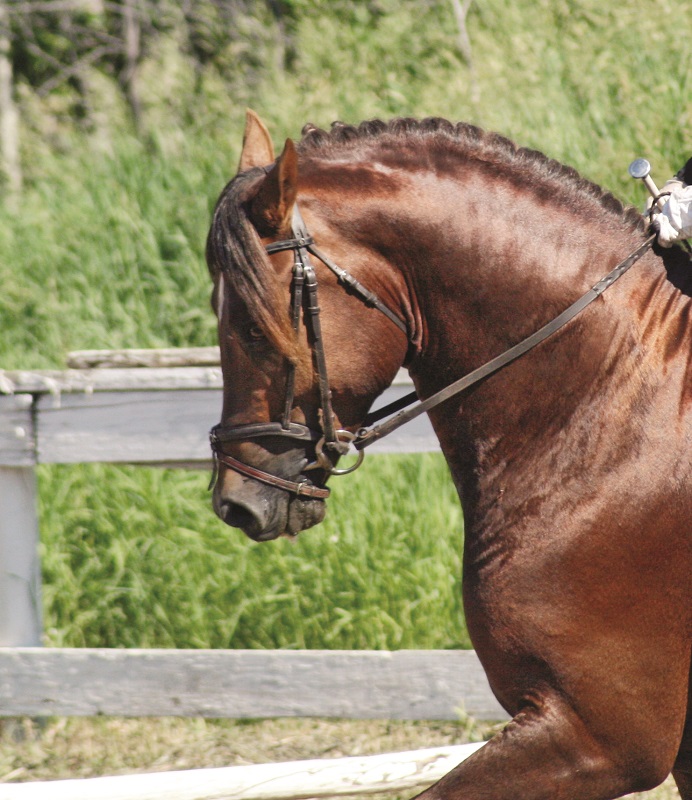
Today, Welsh can be found participating in practically every discipline, from dressage and jumping to gymkhana games and Western pleasure. Photo courtesy of Tracy Dopko
WORK AND PLAY
Nowadays, Welsh Ponies and Cobs are prized not for work or war, but for pleasure and competition. They can be found in practically every discipline, from combined driving to hunters, dressage, gymkhanas, jumpers, and English and Western pleasure. “The versatility of the Welsh breed makes it extremely popular for sport and competition,” said Kalinski.
This versatility is partly due to their good conformation and wonderful movement, which is athletic and often compared to that of much larger horses. “They are known for their suspension and powerful length of stride,” said Dopko.
“It is amazing to watch a Welsh Pony or Cob float around the arena at a full, extended trot. Their sheer power, beauty, suspension, and length of stride is thrilling to watch.”
Welsh are also well known as being good jumpers and are often found in the jumper and hunter rings, on the cross-country course, or out in the hunt field.
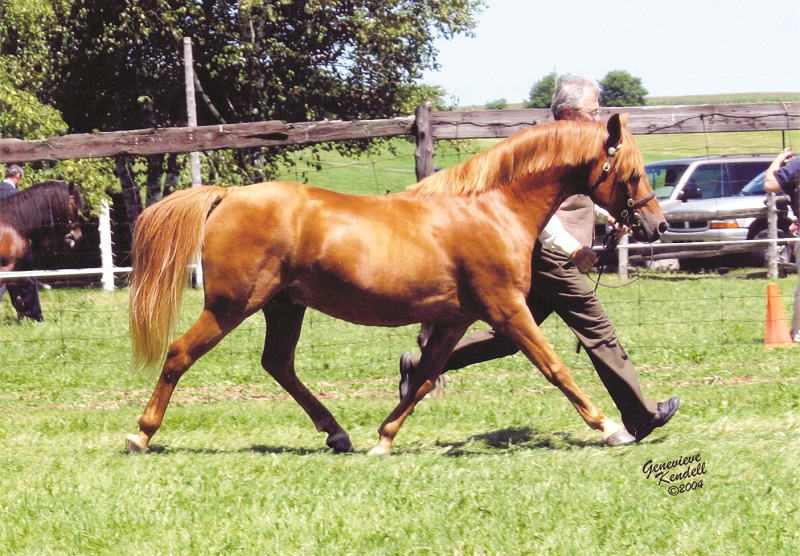
The Welsh’s movement is powerful, with great suspension, as shown by Las Brisas Fandango, a Section B Stallion owned by Howran Hills Farm. Photo courtesy of Marie Howrans
Combined with this athleticism is an intelligence and good work-ethic that makes them easy to train. “These animals are highly trainable and they enjoy the companionship of people,” said Marie Howrans, Secretary of the Welsh Pony and Cob Association of Ontario.
Related: Does Size Really Matter?
“They have a great work ethic, are eager to learn, and while they may not know how to do something, they are definitely eager to give it a try,” said Dopko.
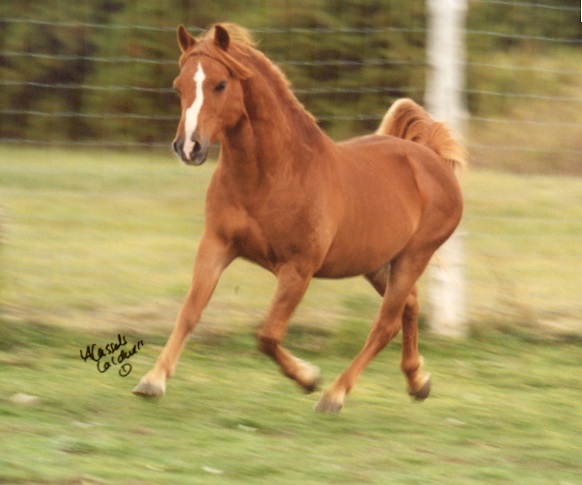
The Welsh’s movement is powerful, with great suspension, as shown by Las Brisas Fandango, a Section B Stallion owned by Howran Hills Farm. Photo: Courtesy of Marie Howrans
“They also tend to be very brave and inquisitive and do not easily spook or shy away from objects.”
Welsh have long been considered the perfect mount for young children and can be found in many schooling barns and Pony Club stables today.
“As a hunter/jumper trainer, they’ve been an ideal mount for my junior riders, as they tend to really look after their riders in the ring, are incredibly brave, and will most often do whatever is asked of them without making a big deal out of it,” said Dopko.
“They tend to be a gentle animal with a kind disposition and a willingness to please.”
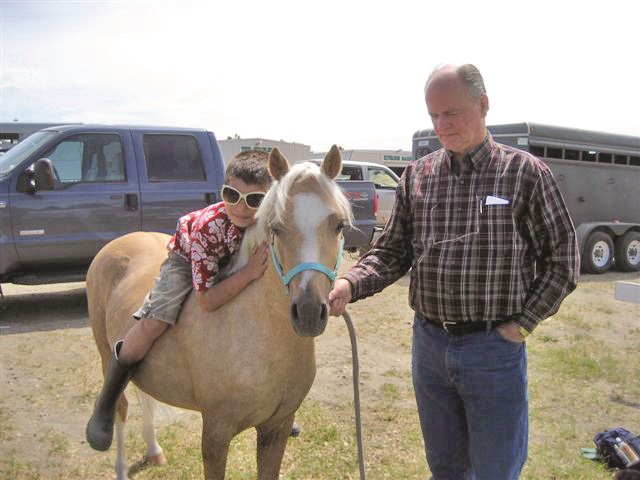
As Drogheda Succeeding Flare of Connecting Dreams Farm proves, Welsh are a great family pony to be enjoyed by grandchildren and grandparents alike. Photo courtesy of Rosemary Berglund
“Welsh are spirited and intelligent animals with a kind and loving temperament,” said Howrans.
And while wonderful mounts for young riders, they can also be enjoyed by adults, making them an ideal family pony. “Truly they are a family animal and can be used by the youngest children through to grandparents,” said Howrans.
“They often form ties that bind the generations together, with a pony purchased for a grandchild giving the grandparents pleasure as a driving animal and entertainment to family and guests on the holidays and weekends. They can babysit the youngest family member and then provide an entertaining driving demonstration with Dad as the whip.”
Related: The Queen's Legacy - A Passion for Horses
Related: Pit Ponies - Ghosts of the Coal Mines
This article was originally published in July 2010. Some information may be outdated.
Thank you to those who contributed photos for this feature. Please note that the Horse Community Journals recommends that equestrian helmets be used for safety, especially by children.
Main Photo: Section B stallion Alvesta Picasso, owned by Daventry Farms in Darwell, Alberta, was the 2009 Canadian Welsh Pony & Cob Society Section B Welsh Pony Sire of the Year. Section B ponies are bred with rideability traits in mind. Credit: Rick Kroll Photography




